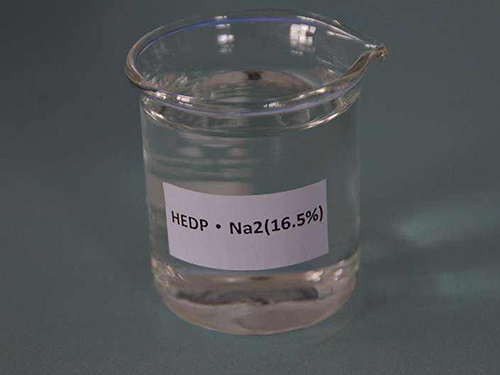Applications and Benefits of Poly Aluminum Chloride in Various Industries
The Versatile Uses of Poly Aluminum Chloride
Poly aluminum chloride (PAC) is a widely utilized chemical compound known for its remarkable applications in various industries, particularly in water treatment processes. Its unique properties enable it to function effectively as a coagulant, making it an essential component in both municipal and industrial contexts. This article explores the diverse uses of poly aluminum chloride, emphasizing its significance in enhancing water quality, improving industrial processes, and even contributing to environmental protection.
Water Treatment
The most prominent use of poly aluminum chloride is in the water treatment sector. Municipal water treatment plants employ PAC to purify drinking water and wastewater. PAC serves as a coagulant that helps to remove suspended solids, colloidal particles, and organic matter, which can adversely affect water quality. When PAC is added to water, it interacts with impurities, causing them to clump together into larger particles—known as flocs—which can then be easily separated from the water. This process not only makes water safe for consumption but also plays a critical role in ensuring compliance with environmental regulations.
The effectiveness of PAC in low turbidity waters is particularly noteworthy. It performs well across a wide pH range, making it suitable for various water conditions. Moreover, PAC tends to produce less sludge compared to traditional coagulants like aluminum sulfate, leading to lower disposal costs and reduced environmental impact.
Industrial Applications
Beyond water treatment, poly aluminum chloride finds a broad range of applications in various industries. Its role in industrial wastewater treatment is significant, aiding companies in minimizing the environmental impact of their operations. Industries such as mining, pulp and paper, and food processing utilize PAC to treat wastewater before discharge. By effectively removing contaminants and hazardous materials, PAC helps industries comply with stringent environmental regulations, thereby reducing the risk of fines and enhancing their sustainability practices.
Furthermore, PAC is employed in the textile industry for dyeing processes. It helps improve the uptake of dyes on fabrics, ensuring vibrant colors while reducing dye waste. Similarly, in the pharmaceutical industry, PAC is utilized as an excipient in drug formulation, where it assists in improving the solubility and stability of active ingredients.
poly aluminum chloride uses

Paper and Pulp Production
The paper industry also benefits from the properties of poly aluminum chloride. By acting as a retention and drainage aid, PAC enhances the efficiency of the paper-making process. It helps in retaining finer fibers and fillers, reducing the need for excess raw materials and improving the overall quality of the paper produced. Additionally, the use of PAC can lead to lower energy consumption during production, making it an economically viable option.
Agricultural Uses
In agriculture, poly aluminum chloride serves as a soil conditioner and an effective flocculant for treating stormwater runoff. Its ability to bind to phosphate and other nutrients helps in preventing their runoff into local waterways, thereby protecting aquatic ecosystems from nutrient pollution, which can lead to harmful algal blooms.
Environmental Considerations
As environmental concerns continue to escalate globally, the demand for eco-friendly chemicals like poly aluminum chloride is on the rise. PAC is often seen as a greener alternative to traditional chemical coagulants, reducing the environmental footprint of various processes while still achieving high levels of efficacy.
Conclusion
In conclusion, poly aluminum chloride is a multifaceted compound with a wide array of applications across several sectors. From its pivotal role in municipal and industrial water treatment to its applications in industries such as textiles, pharmaceuticals, and agriculture, PAC proves to be an invaluable resource. As industries strive for more sustainable and efficient practices, the significance of poly aluminum chloride will likely continue to grow, highlighting its importance in our pursuit of clean water and environmental preservation.
-
Water Treatment with Flocculant Water TreatmentNewsJun.12,2025
-
Polymaleic AnhydrideNewsJun.12,2025
-
Polyaspartic AcidNewsJun.12,2025
-
Enhance Industrial Processes with IsothiazolinonesNewsJun.12,2025
-
Enhance Industrial Processes with PBTCA SolutionsNewsJun.12,2025
-
Dodecyldimethylbenzylammonium Chloride SolutionsNewsJun.12,2025





